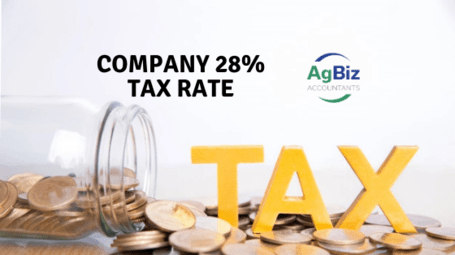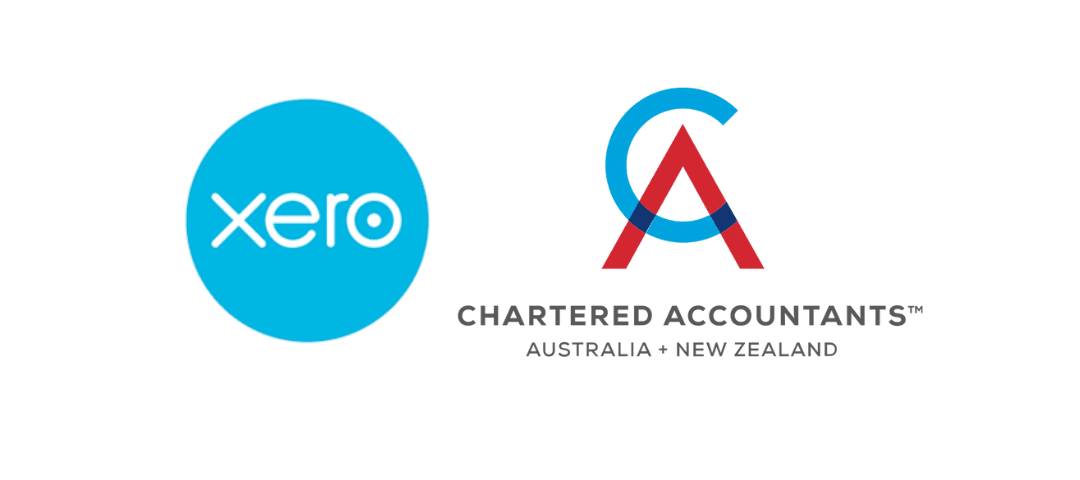A company has a tax rate of 28%. This is a flat tax rate and applies to all company profits.
So, why not structure your business, investments, or contracting in a company and only pay tax at 28%? Individuals marginal tax rate is 33%, so would you not be 5% better off and pay less tax (only 28% compared to 33%)?
For individuals earning more than $70k pa and paying the highest marginal tax rate (33%), companies may not provide tax savings. They may however, delay paying a further 5% tax. This may allow an advantage from the time value of money invested or the compounding affect.
There are many reasons why companies may be a preferred trading entity (limited liability, separate legal entity from yourself, creditability within the marketplace, ease of sale/transfer, etc). This article only focuses on the 28% tax rate. There are also situations where a company may provide tax savings (as outlined further below).
Structure of a company
A company is a separate legal entity who can operate a business operation (own property, run a business etc). Companies make a profit (or a loss), and the company pays tax to IRD.
A company is owned by its shareholders and the shareholders have limited liability. It may be helpful to think of the company and the shareholders as two separate people.
Company pays tax to IRD
Example 1:
ABC Limited is an ordinary company that is owned 100% by John. ABC Limited purchased a commercial rental property 15 years ago.
ABC Limited makes a profit of $100k for the year (due to a high yielding commercial rental property and having no bank debt). The company has 28% tax to pay to IRD ($28k).
This leaves the company with $72k in available cash ($100k after the tax is paid).
Shareholder withdrawing cash
John may decide to withdraw the $72k in cash from the company to his personal bank account. As the company and John are two separate entities, the advance from the company is treated as an asset for the company. This is also referred to as a shareholder current account.
In this situation (assuming no historical transactions), John would owe the company $72k. This can create a fringe benefit tax (FBT) issue because the company is providing an interest free loan to the shareholder. Subsequently, interest must be charged on the loan at an IRD prescribed rate. This can result in the company earning income (and paying more tax).
Transferring the companies after tax profit to the Shareholders – a Dividend
Continuing from example 1: the company now has retained earnings (after tax profits of $72k). The directors of the company can decide to pay a dividend to the shareholders.
In public listed companies such as those on the NZ stock exchange, some of the profits may be returned to the shareholders by way of dividend, and a portion of the profits may be retained by the company for future capital investment. The dividend decision are at the discretion of the directors of the company.
Double Tax Issue & Imputation Credits
ABC Limited pays a dividend to John of $72k. This is taxable income to John, and it must be included in his tax return. This means that the dividend is being tax originally in the company tax rate (and 28% tax is paid to IRD) and again in John’s name when he receives the income. It may appear that John is paying tax twice on the income.
John’s dividend has imputation credits attached to it. These imputation credits are the 28% tax credit that the company has already been paid to IRD. Therefore, there is no double tax on the dividend.
John’s Tax Return
John has received employment income from his job of $70,000 which has PAYE deducted and already paid to the IRD.
John also receives the dividend from ABC Limited which has 28% tax credits attached to it.
Because John’s income is more than $70k, he pays tax at the (current) top marginal tax rate of 33%. But the dividend only has 28% imputation credits attached to it, he is 5% short on tax credits (difference between 33% and 28%)
Dividend withholding tax (DWT)
When a company pays a dividend to its shareholders, it must pay a further 5% dividend withholding tax (DWT).
This means that a company pays 28% tax on the profits earnt in the financial year it earns the profit PLUS a further 5% dividend withholding tax, when a dividend is paid to the shareholders (generally some point in the future). A total of 33%.
Therefore, the 28% tax rate it is a myth – it only delays the 5% DWT tax.
When John receives the dividend, he also receives the imputation credits and DWT (total of 33% tax credits). He has no tax to pay on the dividend received because of these tax credits attached.
What if the company never pays a dividend?
When a company is wound-up and ceases trading, it must discharge of all its assets and liabilities including the retained earnings (retained company profits).
If the shareholders have withdrawn all the cash from the company (without the company paying a dividend), the company will still have an asset (money it is owed from the shareholders). Therefore, the company cannot be wound up. If the loan was to be forgiven the shareholder may have debt remission income – the shareholder has received a benefit of not having to repay a loan, so it is taxable income to them.
The company’s balance sheet and previous trading history needs to be considered. A company wind-up process may also involve capital gains which have a different accounting treatment from retained earnings (after tax profits the company has retained).
If a company currently has retained earnings it is likely to also have a future potential DWT liability of 5% that needs to be considered.
Marginal Tax Rate increasing to 39% (if Labour re-elected)
This will not make any difference to John’s situation because his total income is under $180,000.
However, say his employment income was $180,000 and then he received the dividend. The dividend would include imputation credits attached (the original 28% tax credit that ABC Limited paid to IRD), plus a further 5% dividend withholding tax (DWT) that was paid to IRD at the time the dividend was paid (total tax credits of 33%).
John would have an extra 6% tax to pay because his marginal tax rate is 39%, and the dividend only had 33% tax attached as tax credits.
Company Tax Savings
In the example above, John had employment income of $70,000 from his job with PAYE deducted. Therefore, any future income he received was taxed at the highest marginal tax rate (33%). If John’s income decreased (or say he retired and wanted to live off the company profits), he would have no other income. This may provide tax savings due to the company flat rate tax (rather than an individuals marginal rate).
For example, John receives a dividend of $100,000 from the company with 33% tax credits attached (28% imputation credits and 5% DWT) and has no other income. In this situation, he is due a tax refund of $9,080.
A dividend is likely to result in a tax refund for shareholders who earn less than $70,000. This may include when a shareholder ceases employment (or moves to earning passive income), or an alternative income year when a shareholder salary is lower.
We have also previously outlined information here about tax savings relating to Shareholder salaries and shareholder's marginal tax rates.
Contact Us
Contact Tim Doyle or Jane Evans today to discuss your business continuity planning needs on 07 823 4980 or contact us. Our office is in Cambridge, NZ, but distance is no problem. We have many international and national clients.
This material has been prepared for informational purposes only, and is not intended to provide, and should not be relied on for, tax, legal or accounting advice. You should consult your own tax, legal and accounting advisors before engaging in any transaction.





